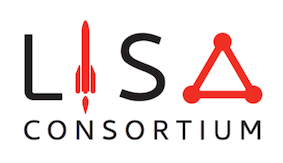Speaker
Description
The 3rd observing run of Advanced LIGO, Virgo and KAGRA (LVK) increased the number of confident gravitational-wave detections from compact binary coalescences to 90. This includes the second ever binary neutron star merger to be detected, and a small number of neutron star-black hole mergers - the first of their kind to be seen by the LVK. However, none of these events were observed with a confirmed electromagnetic counterpart, meaning that cosmological analyses applied to the latest detections must use so-called "dark siren" methods. This talk will look at the latest cosmological results produced by the LVK, from two different approaches: the use of galaxy catalogues to provide redshifts for potential host galaxies, and the use of features in the mass distribution of compact binaries to break the mass-redshift degeneracy.

